
Instead of traditional menus, some games use in-world items like notes, books, or devices to display maps and important information. These tools feel more realistic because they’re things your character would naturally use and they change as you play – updating with new discoveries, clues, and visited locations. The most successful examples seamlessly integrate these tools into the game world, making them feel like genuine objects while helping you navigate and keep track of key details. Here are some games that do this exceptionally well.
Red Dead Redemption 2
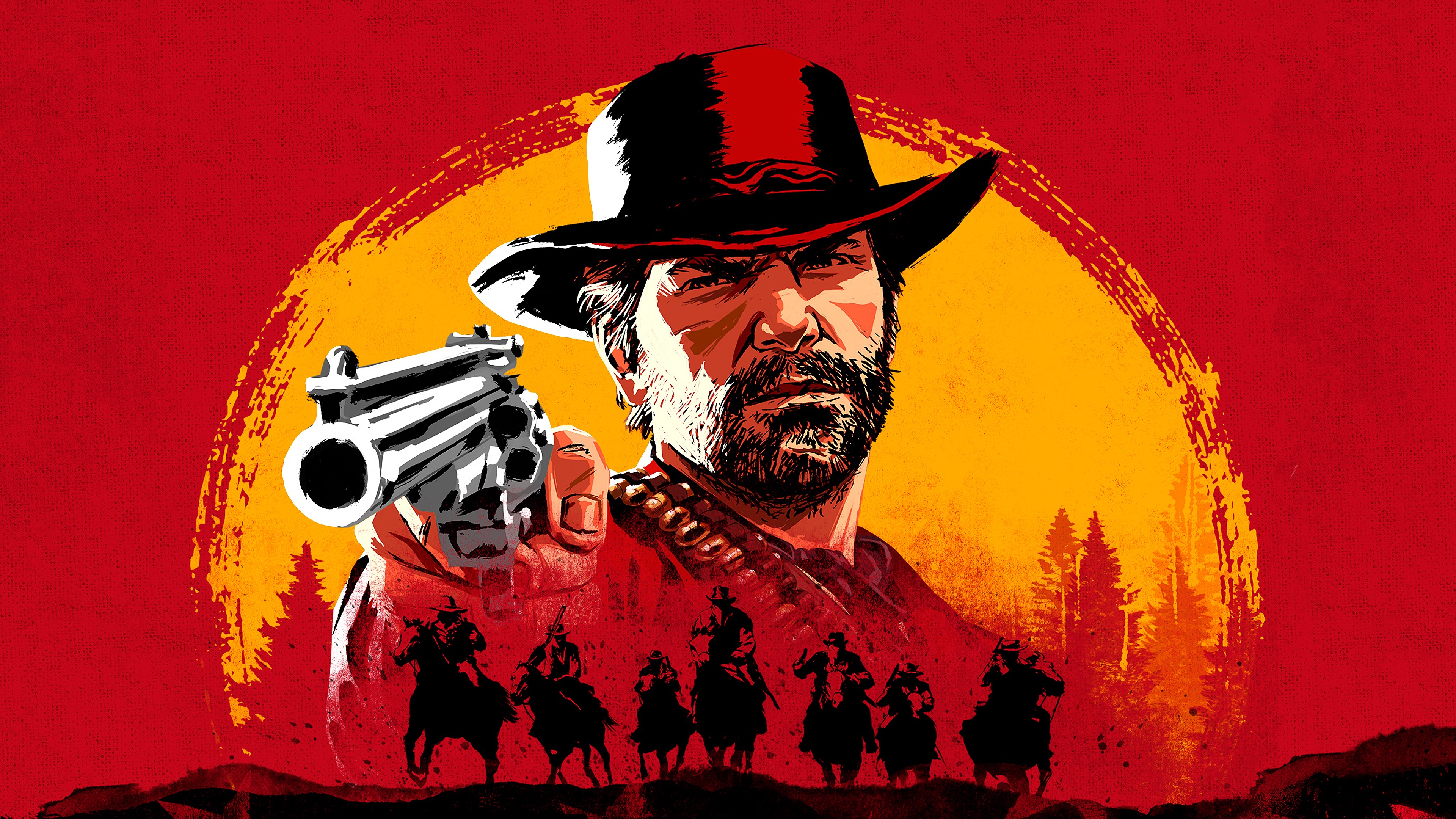
Arthur carries a journal where he writes down sketches, places he’s been, animals he’s seen, and important story events. You can look at it while at camp or while exploring the world, and it automatically updates with entries based on what’s been happening. His world map and other notes and collectibles are kept in his bag. You’ll also find things like gun catalogs and wanted posters that feel like real items characters would actually use and carry around.
The Legend of Zelda: Breath of the Wild

The Sheikah Slate is Link’s main map and tool in the game. It shows the land, lets you mark locations, and keeps track of your progress. As you activate towers, the map fills in with more details, and the camera automatically records discoveries in a collection. It feels like a real device, allowing you to add custom points of interest and manage tasks. Features like shrine sensors and your photo album are all integrated into the Slate.
Hollow Knight
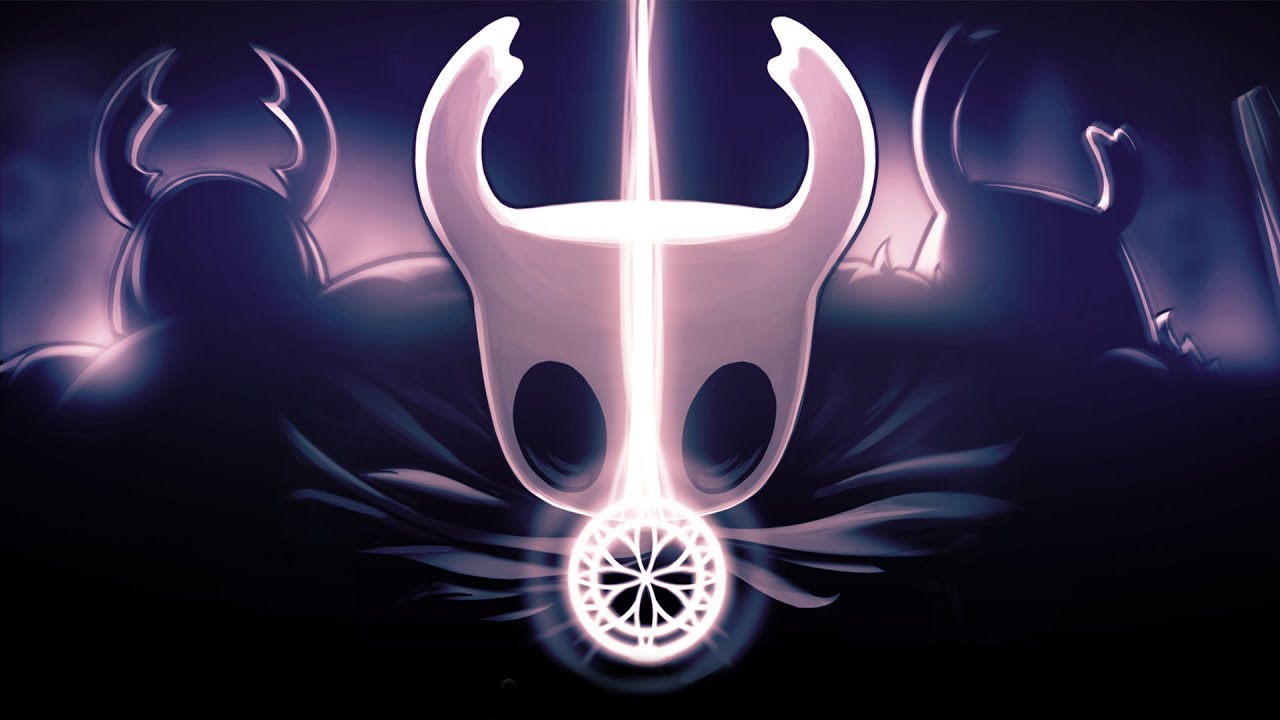
You can buy maps of different areas from Cornifer, but they’re initially incomplete. You need to rest at a bench to fully update them, and while you rest, the quill automatically adds your explored path and connected rooms to the map. If you have a compass charm, your knight’s location will also be marked. You can also buy markers and icons from vendors that add extra details to the map.
Metroid Prime
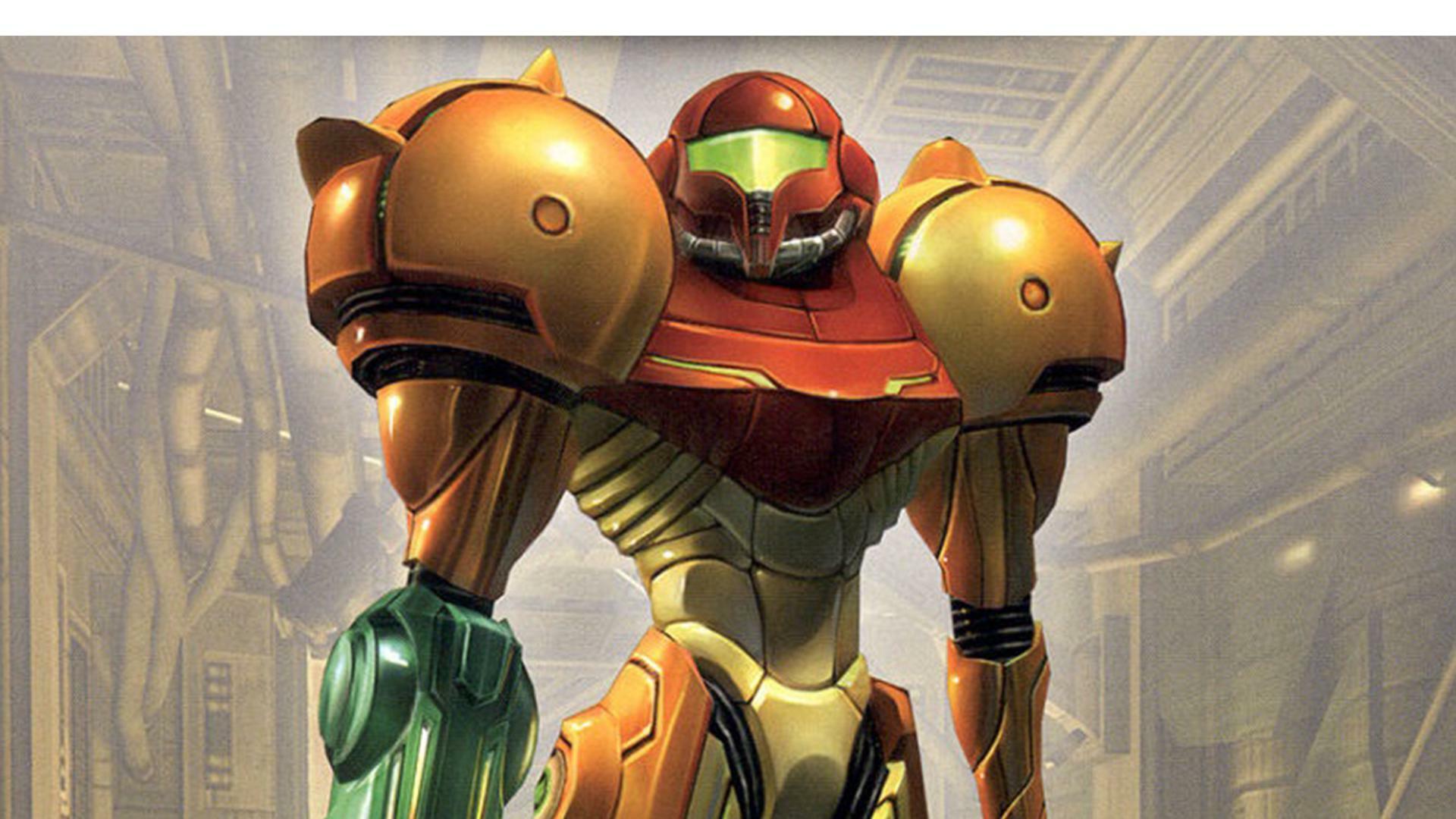
The Scan Visor keeps a detailed log of everything you discover – creatures, technology, and the history of the world. Scanning doors, computers, and objects reveals more of the map and provides important clues. This map appears as a hologram inside Samus’s suit, feeling like a tool she actively uses. The logbook neatly organizes information by location and species, making it easy to find what you need.
Alien: Isolation
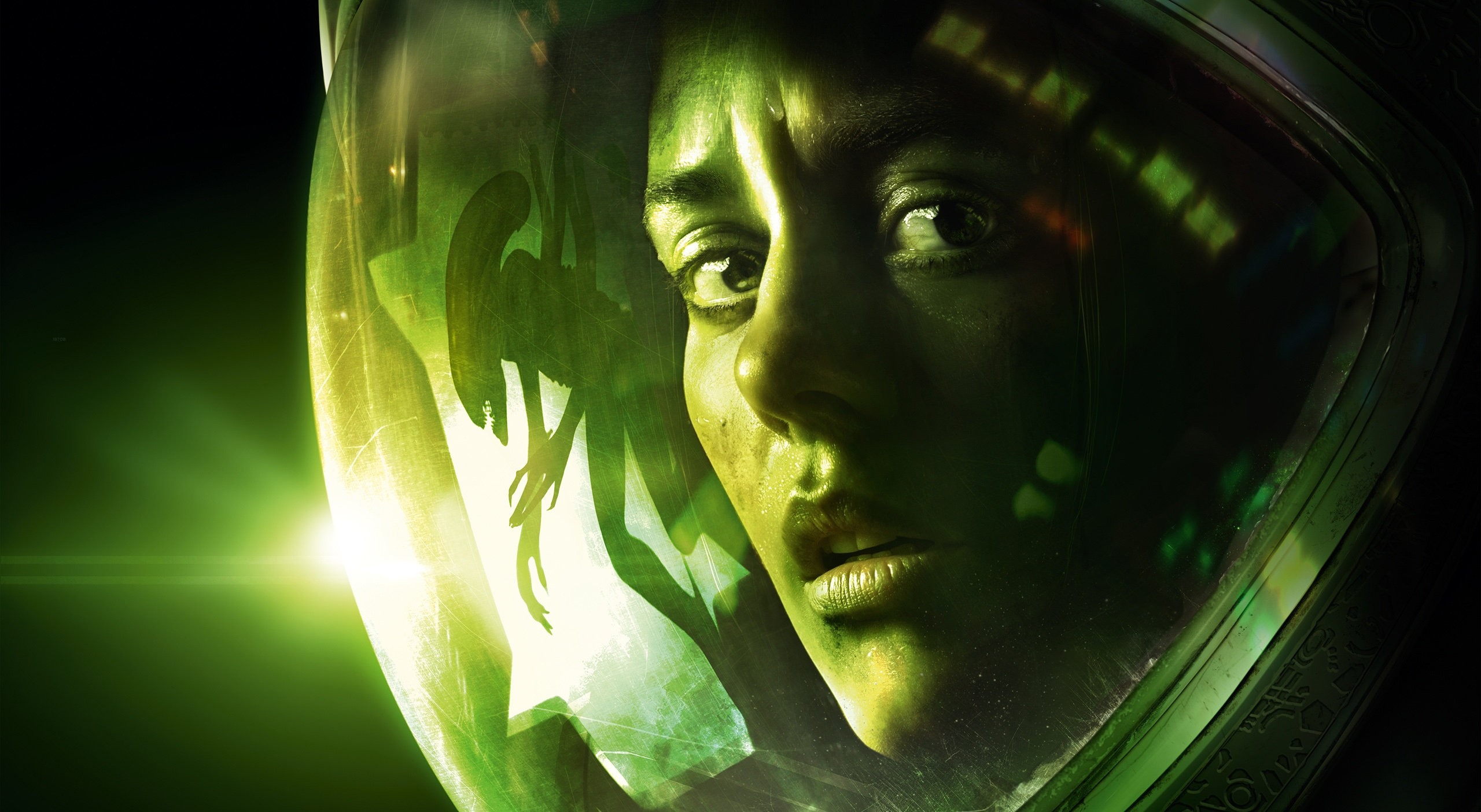
Throughout the environment, you’ll discover wall-mounted terminals used to download blueprints and floor plans directly to your device. A handheld motion tracker helps you determine how far away and in what direction things are moving. Traditional paper signs and station maps are also posted to provide extra information. You can also find audio logs and ID tags which, when collected, build a record of what the crew was doing.
System Shock
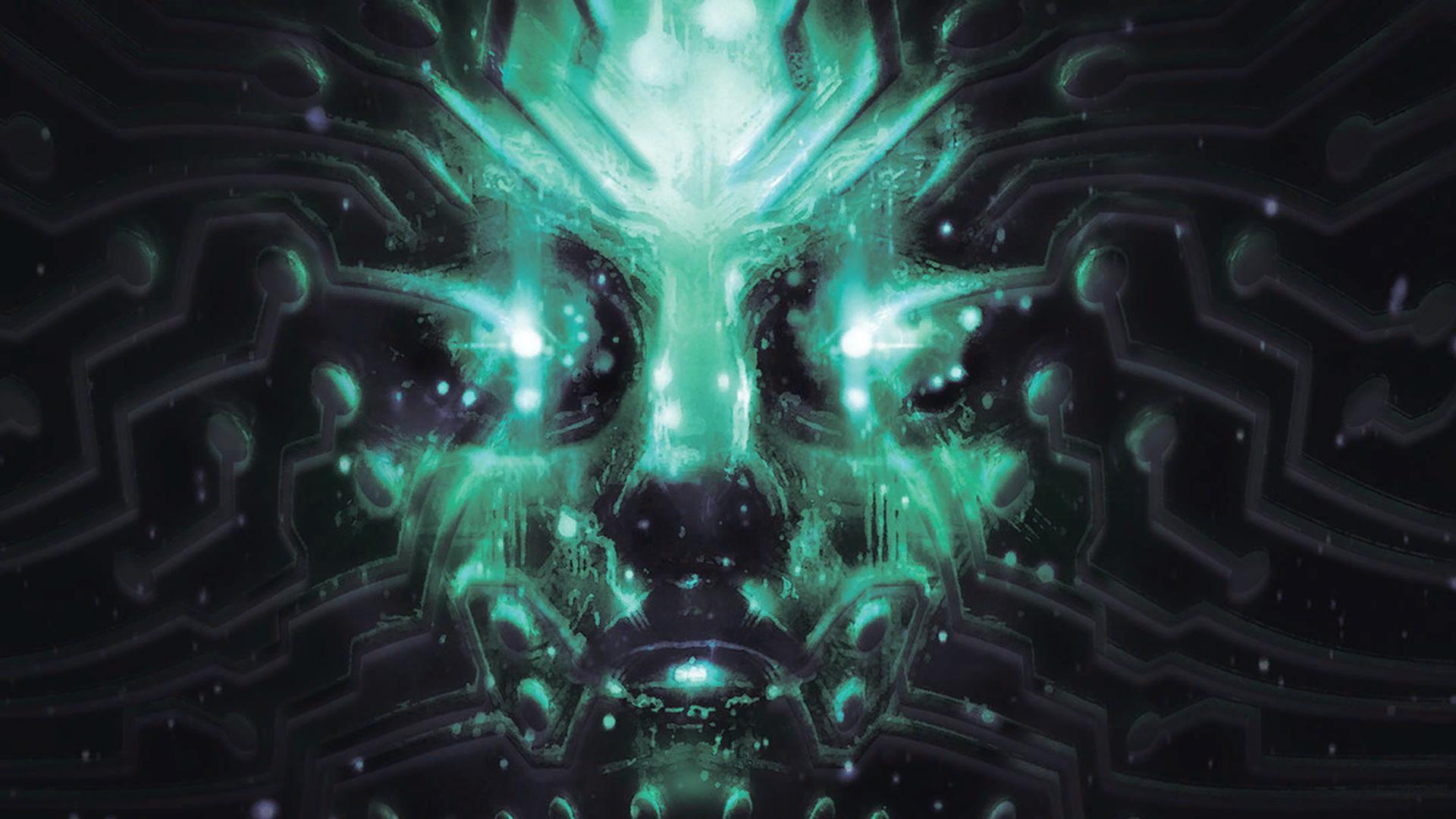
You access information through audio logs and data files left by the crew, all stored in your suit’s system. Security footage and terminal data appear on a map displayed on your forearm. Messages and mission objectives are saved as replayable text entries. Everything you see is presented as if it’s being run through the hardware of a hacker.
BioShock

You’ll find audio diaries throughout the city, each labeled with a name and date, and added to a playlist. These diaries capture the voices and locations of people who lived in Rapture. They often contain important clues and safe codes. You can also find readable items like posters, notices, and ledgers in shops that provide more information about the world.
Pentiment
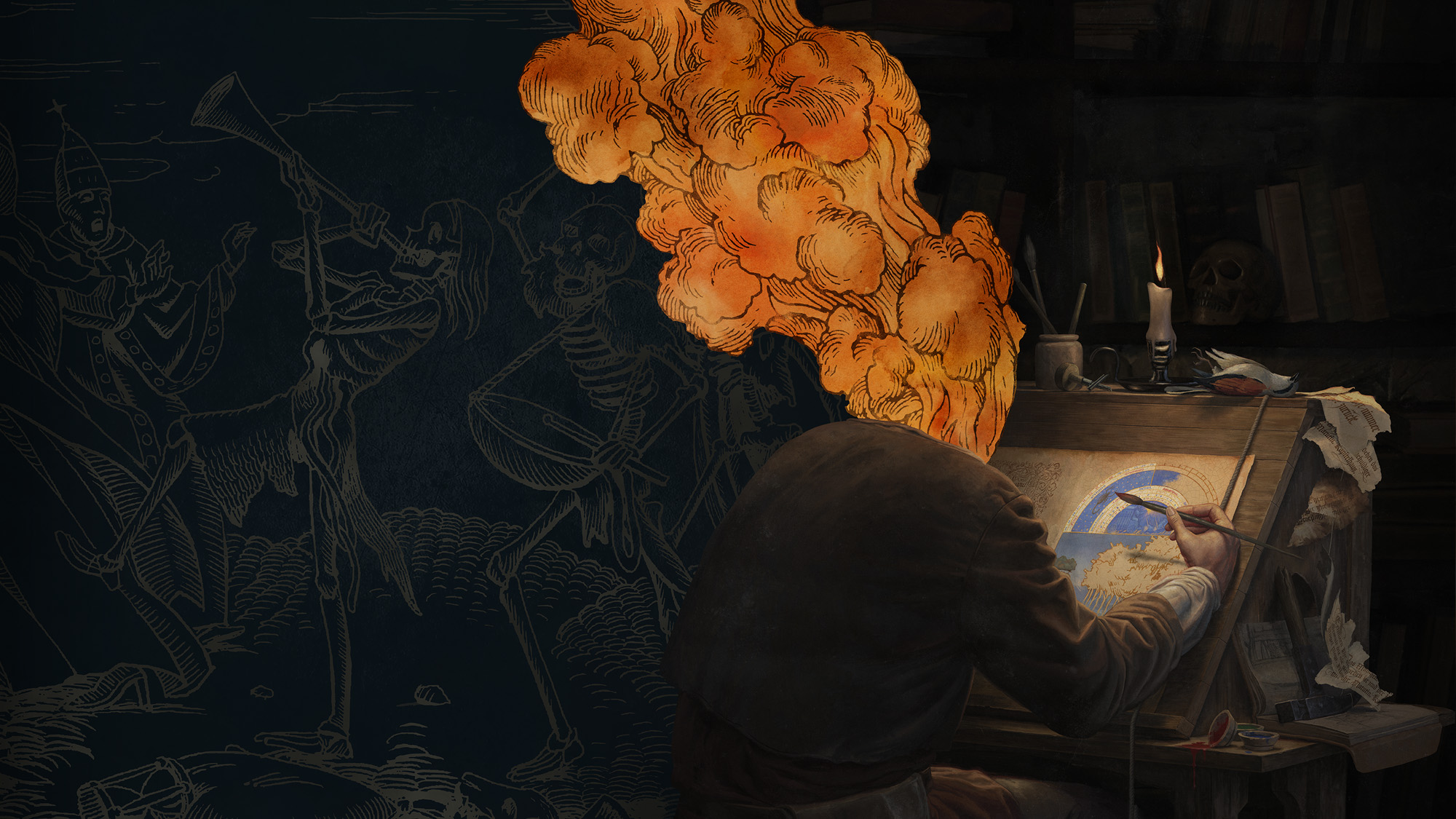
The game presents information like notes, to-do lists, and character details as handwritten notes in the margins of a historical manuscript. The fonts and artwork change to match the person who’s writing or speaking. You explore evidence and inconsistencies by flipping through the pages of this journal. Old maps and detailed woodcut illustrations show important locations as if they were authentic documents from the time period.
Disco Elysium
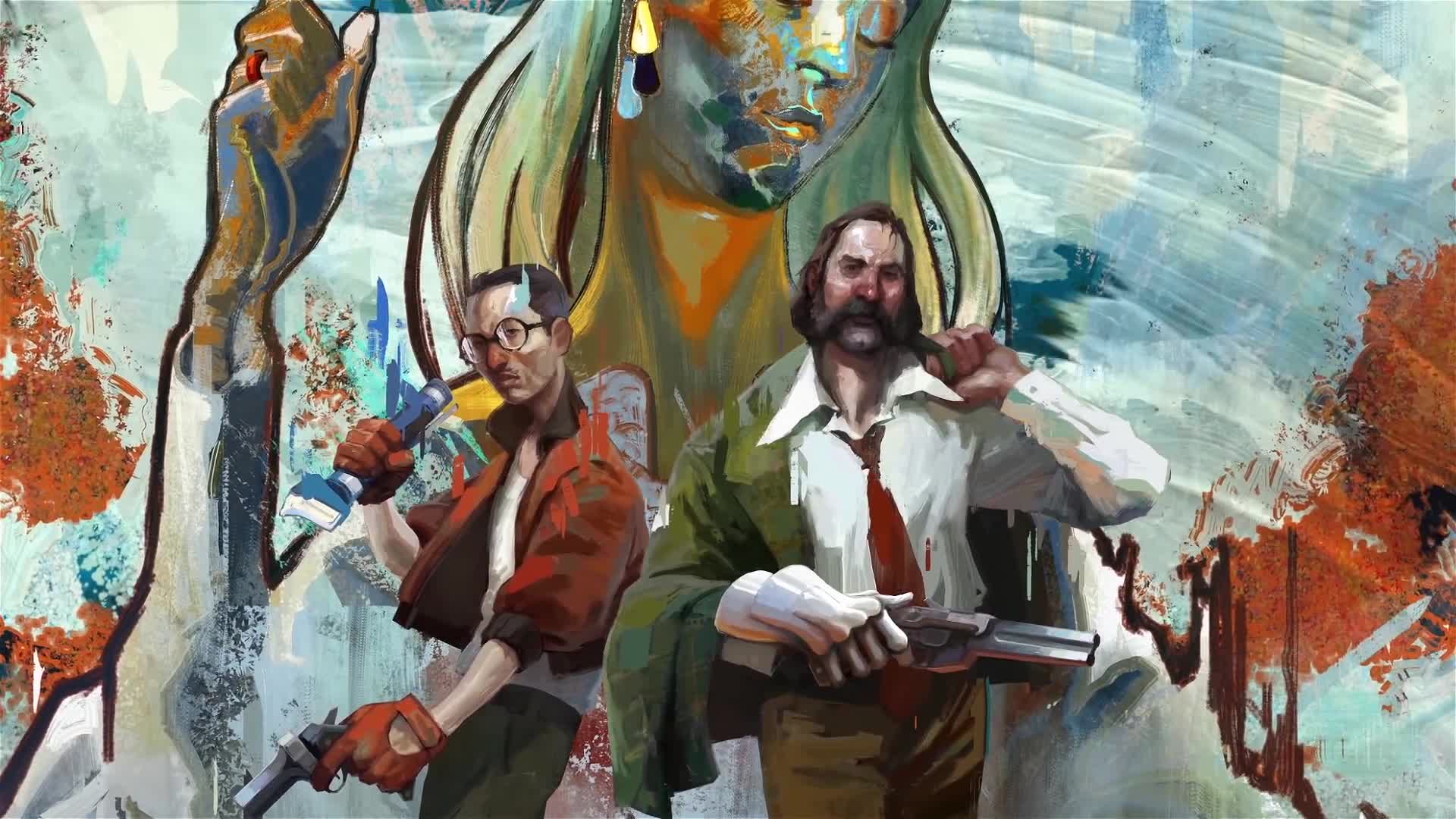
Your detective’s notebook is a physical record you can look through and rearrange. You’ll write down tasks and case details as entries, noting the time and how things turned out. The Thought Cabinet is like a collection of idea cards that shape your character. You’ll also gather real-world items like receipts and bills as physical evidence in your inventory.
Outer Wilds

The ship’s log keeps track of rumors and discoveries by marking them on a star map. Each entry is connected to related clues and tells you if there’s more information available. You can access the log from the cockpit, and it updates instantly whenever you find something new. Color-coded lines visually show how information connects different planets and ruins.
Firewatch
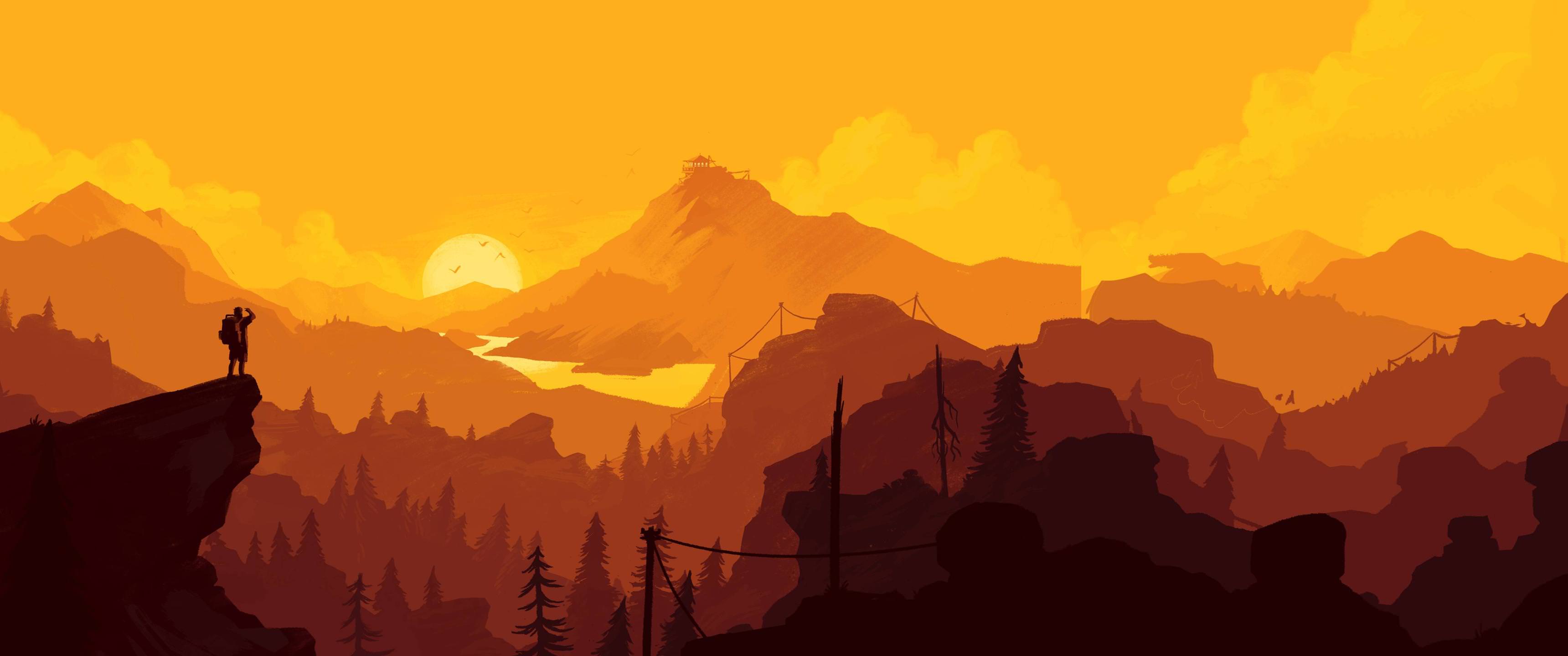
Henry has a paper map and a compass, and you’re the one holding them. You can mark interesting spots on the map – like hidden caches and supply boxes – with a marker. Instead of simple icons, the map shows landmarks and trails as they actually look. You’ll also find notes and radio messages as physical papers you discover in the game world.
Far Cry 2
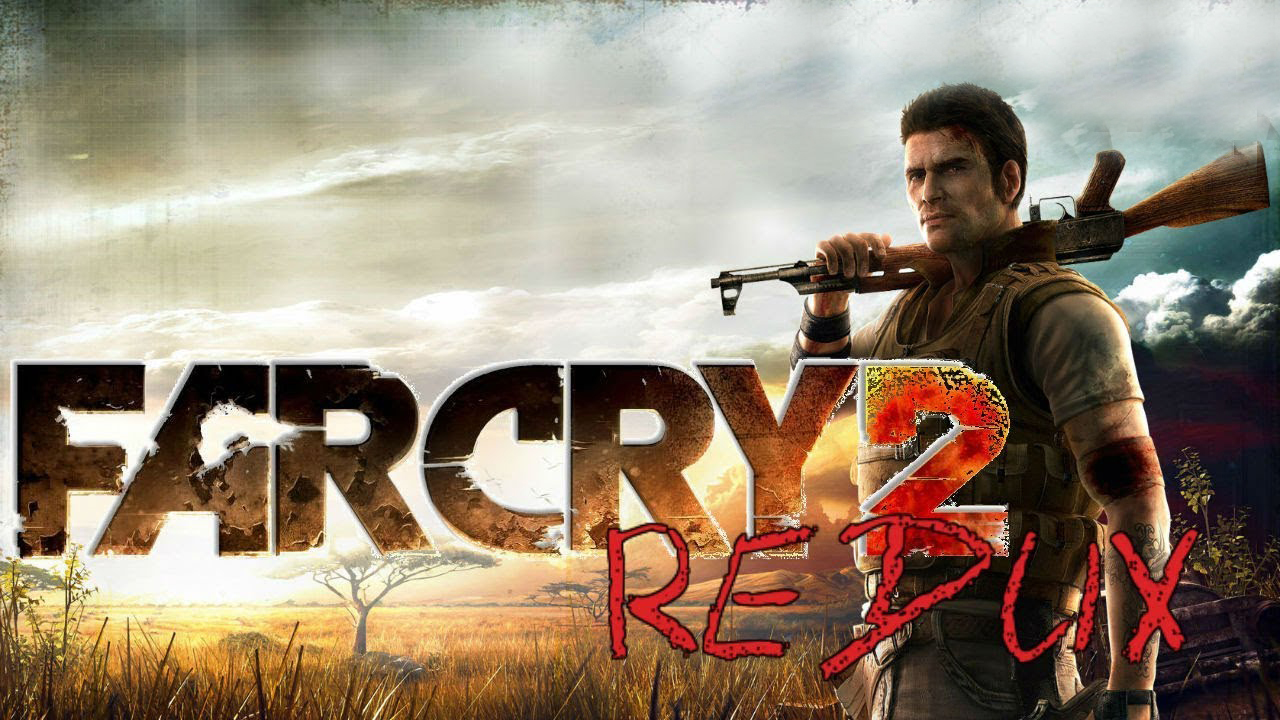
The character carries a large, physical map while moving, allowing them to quickly check their location and goals without pausing to open a menu. They can see waypoints marked directly on the map, and a light shows them which way to go. Important mission details and lists of available weapons are also available as paper documents.
Pathologic 2
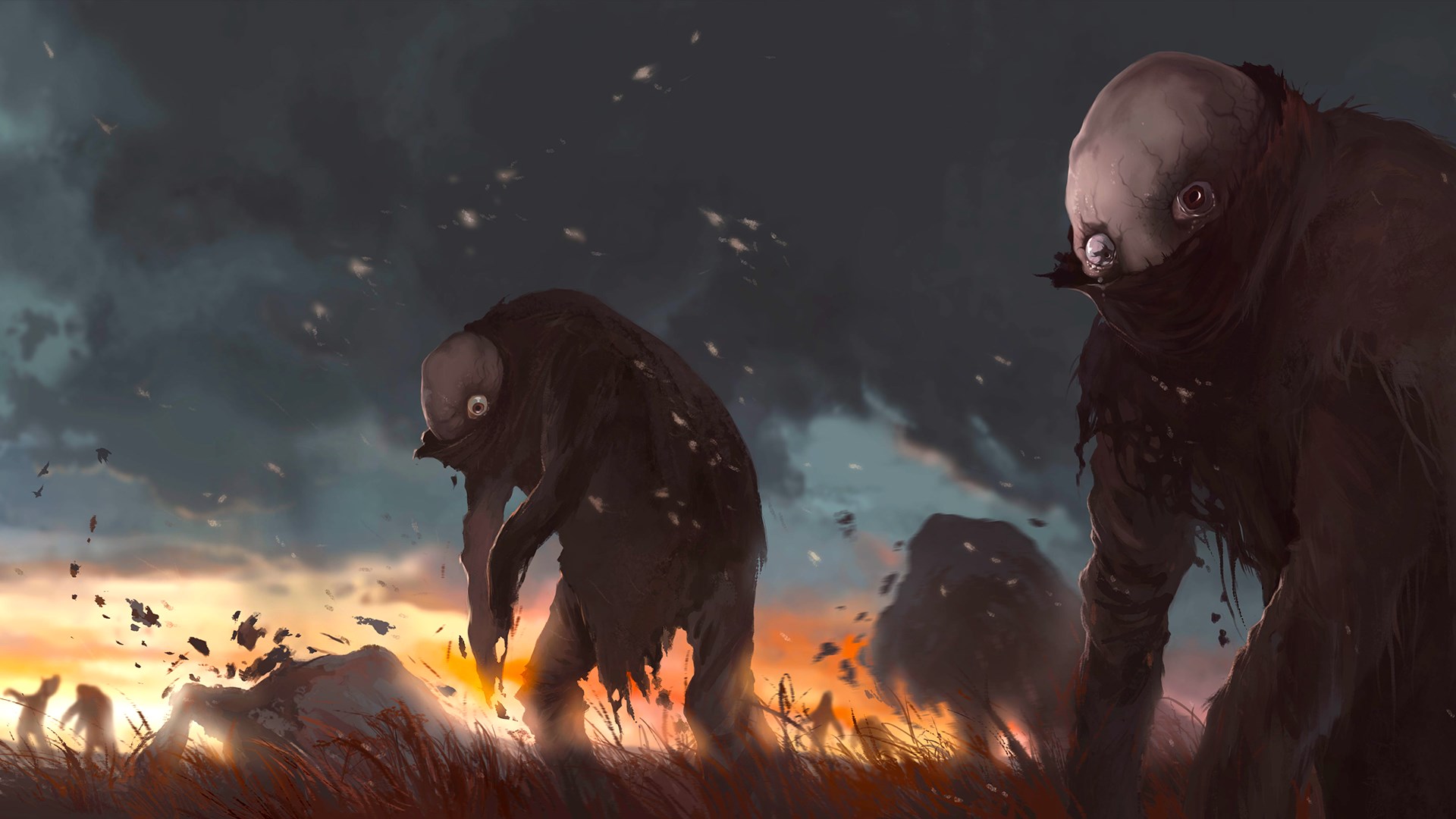
As I play, the town map actually changes – I can see my character’s discoveries scribbled right onto it! It’s so immersive. And the diary isn’t just a list of quests, it feels real – the entries are handwritten and sometimes even disagree with each other. What’s really cool is seeing the districts change as things happen, and the map shows exactly how infection is spreading. Plus, I find actual letters and prescriptions from the townspeople and clinics – they look like you’d really find them, and you can read them! It all feels so alive and connected.
Subnautica
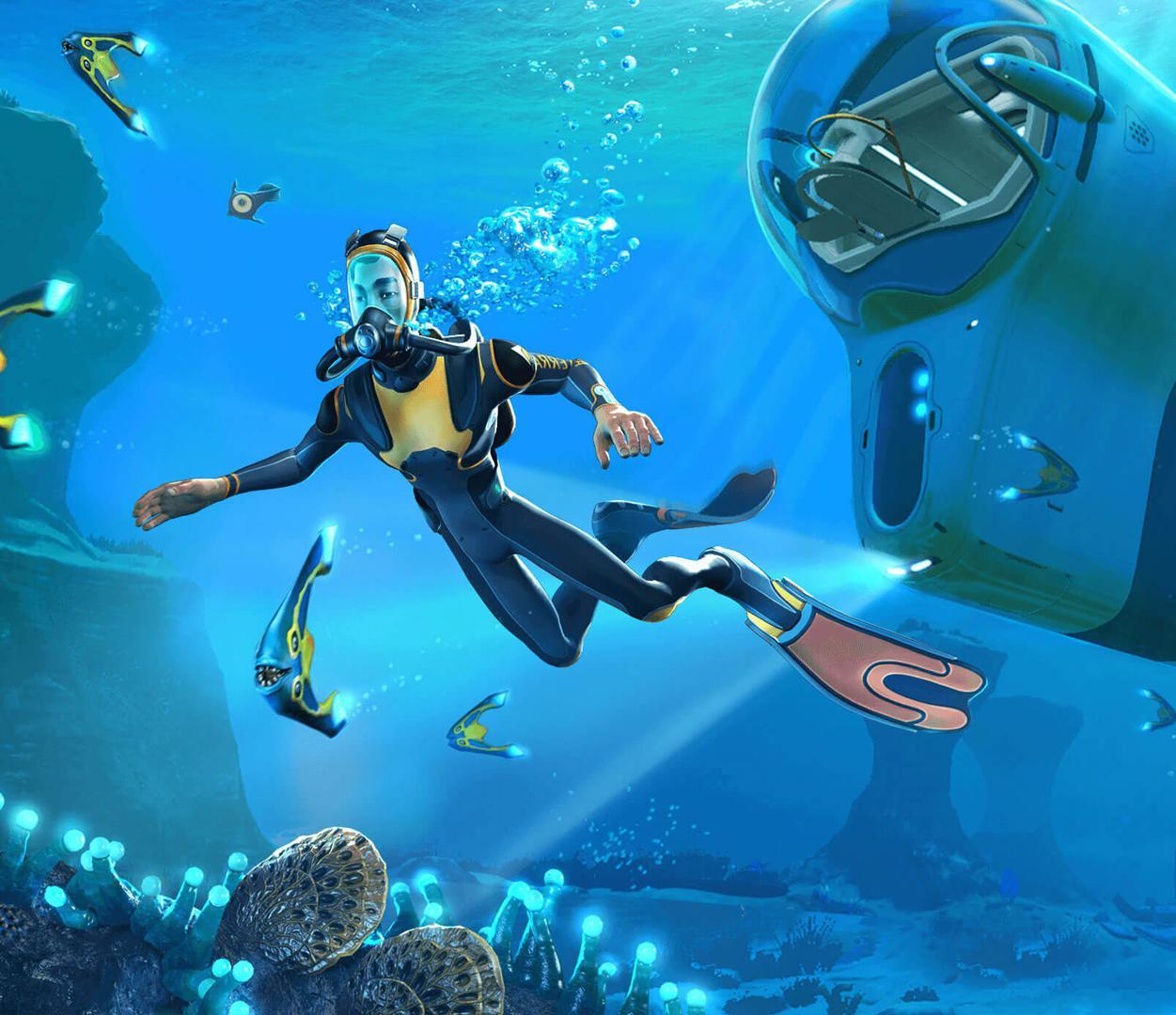
The PDA is a computer used within the game to keep track of information like blueprints, plants, animals, and audio recordings. When you scan something, it adds an entry to an in-game encyclopedia, complete with pictures and crafting recipes. You’ll also receive radio messages as audio files in your PDA, which include location coordinates. You can manage beacons and locate lifepods all through the PDA’s interface.
S.T.A.L.K.E.R.: Shadow of Chernobyl
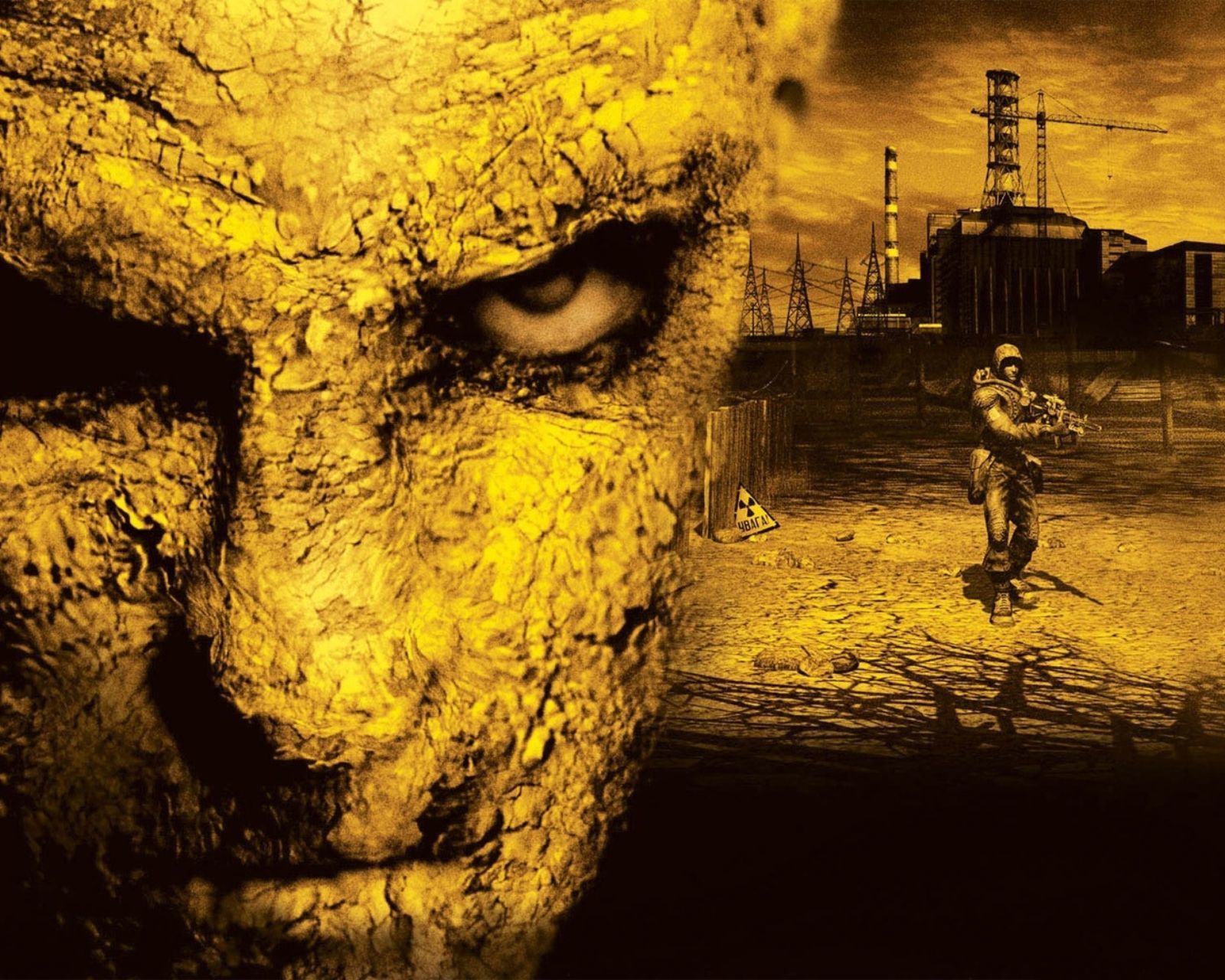
Your PDA is your central hub for everything you need in the field. It keeps track of your missions, displays helpful maps, stores important contacts, and shows your reputation with different groups. You’ll receive messages as if they’re coming from within the game world, and they’re all saved for you to review later. Any locations or hidden stashes you discover will be marked with coordinates taken from documents you find. As you explore and research, your PDA will also collect details about artifacts and anomalies.
Death Stranding
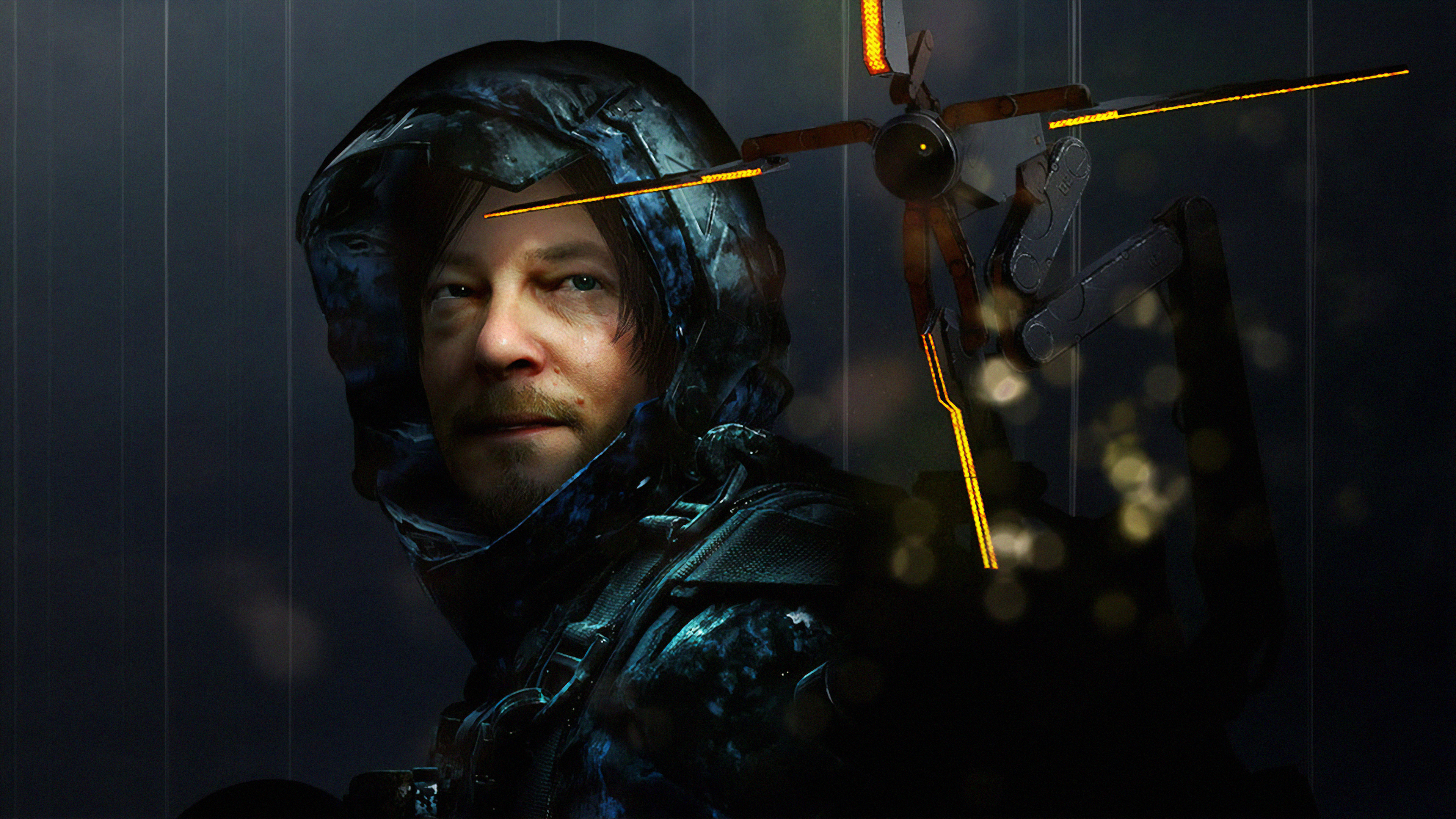
Sam uses a wrist-worn device, disguised as a cuff link, to manage orders, routes, and messages. He can easily read summaries of deliveries and reports on cargo conditions. Maps appear as holograms, and are connected to the network coverage area. Detailed background information, from interviews and data logs, is available as easily accessible documents.
The Forest
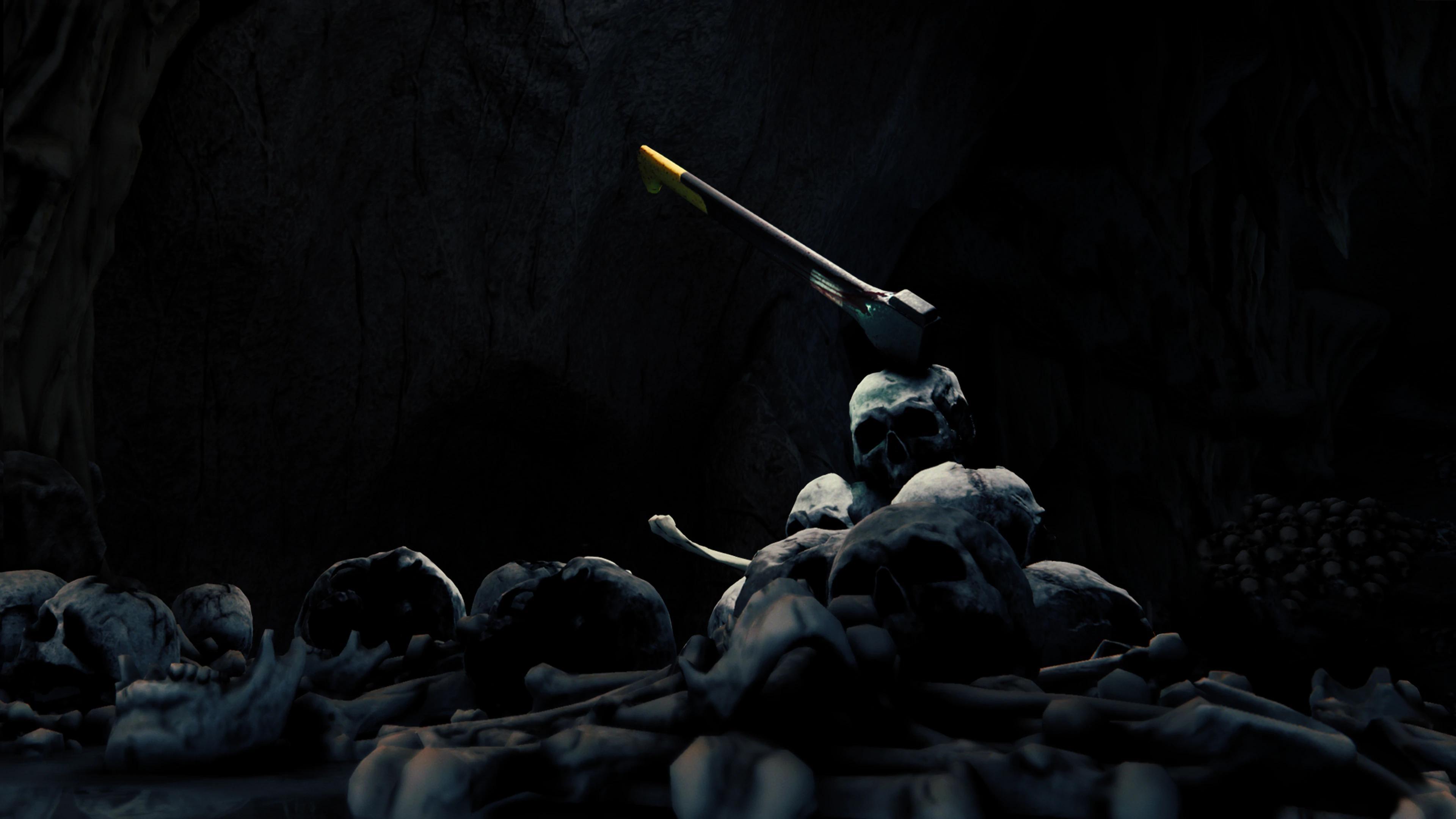
Your character has a hand-drawn map that expands as you explore caves and the world around you. They also carry a survival guide with pictures showing how to craft items and build shelters – you can refer to it whenever you need help with building. The guide grows with notes and photos discovered at crash sites and abandoned camps, becoming a valuable record of your journey.
Return of the Obra Dinn
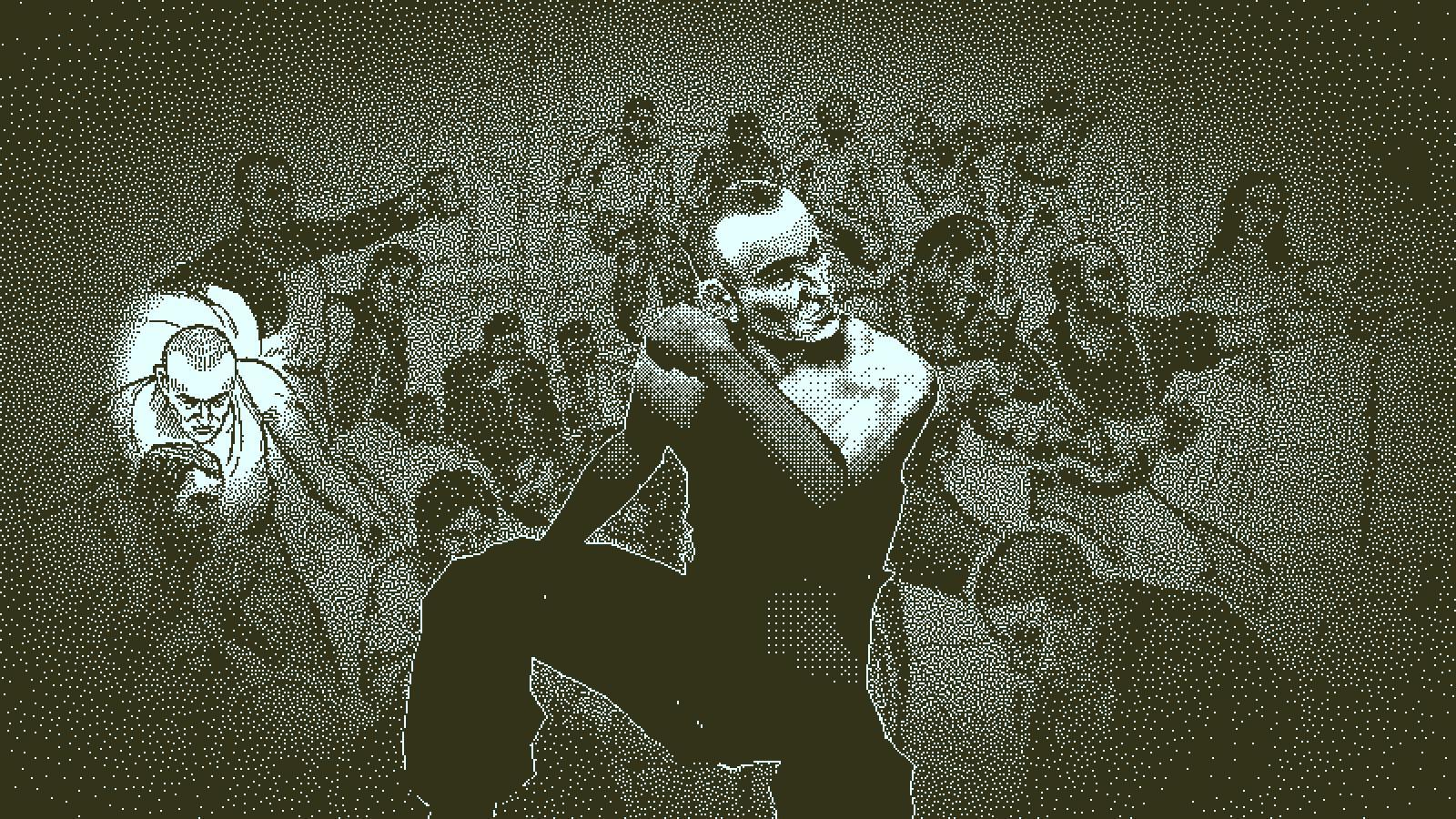
You investigate using a handwritten book filled with details about the crew, cargo, and what happened to them, complete with drawings. A pocket watch helps you connect events to specific pages in the book, letting you check information easily. The ship’s layout is also drawn in the book, serving as the central point for your investigations. When you find a clue, it’s marked with a stamp directly on the page where it belongs.
Sea of Thieves

Treasure maps and clues are actual scrolls you can handle and examine. The ship’s map table displays islands on a chart where the crew can plan their course. You can find and read voyage logs and story journals scattered throughout the game world. The ‘X’ marks and compass directions on these maps correspond to specific locations you can find on the islands.
The Elder Scrolls III: Morrowind
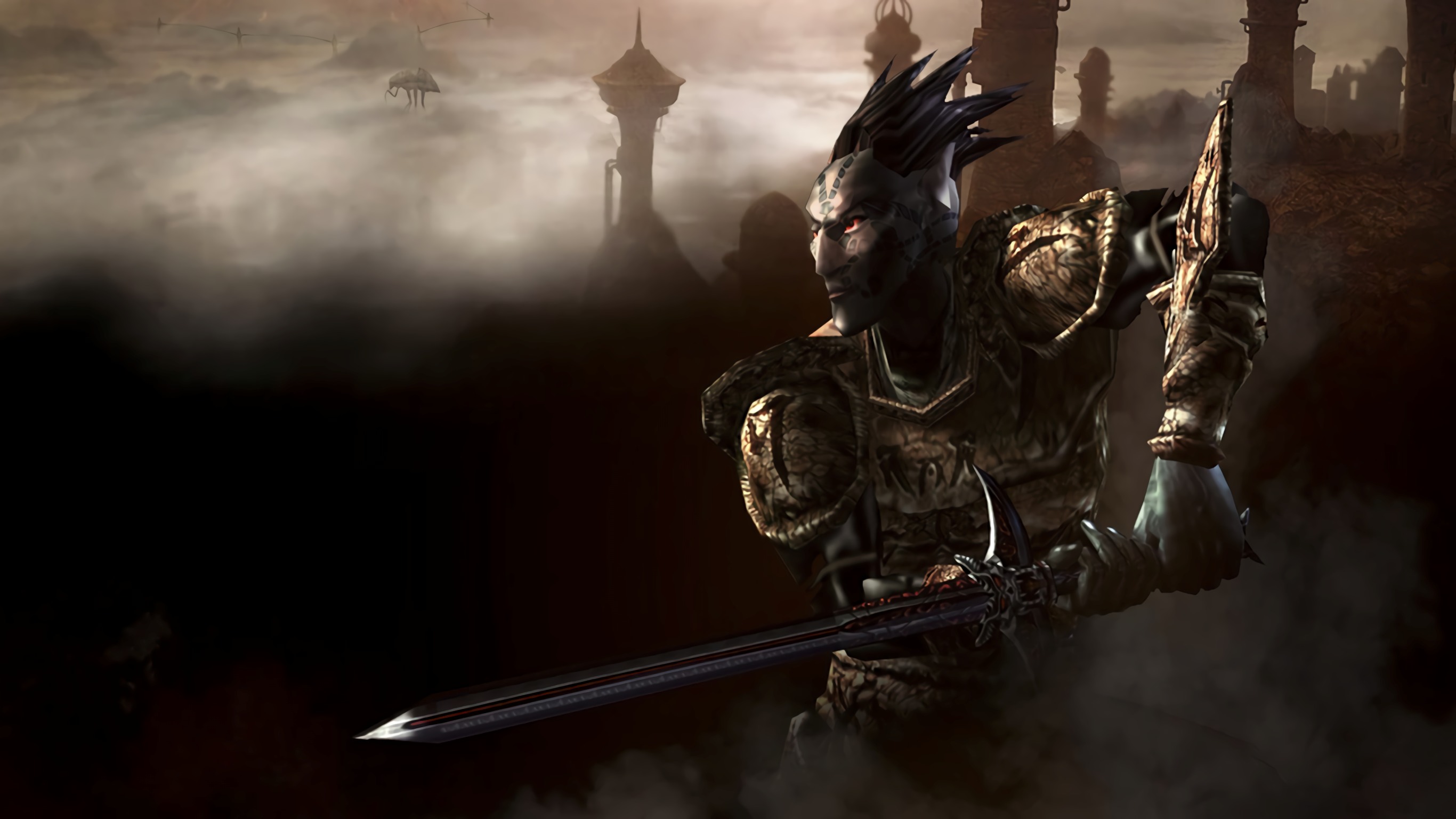
The character keeps a journal that logs quests as dated entries, which you can read to follow your progress. Directions are given through descriptions of landmarks and roads found within these journal entries. You’ll also find readable maps and announcements posted around the world. Any scrolls or books you collect can be read and are saved as text within the game.
Elden Ring
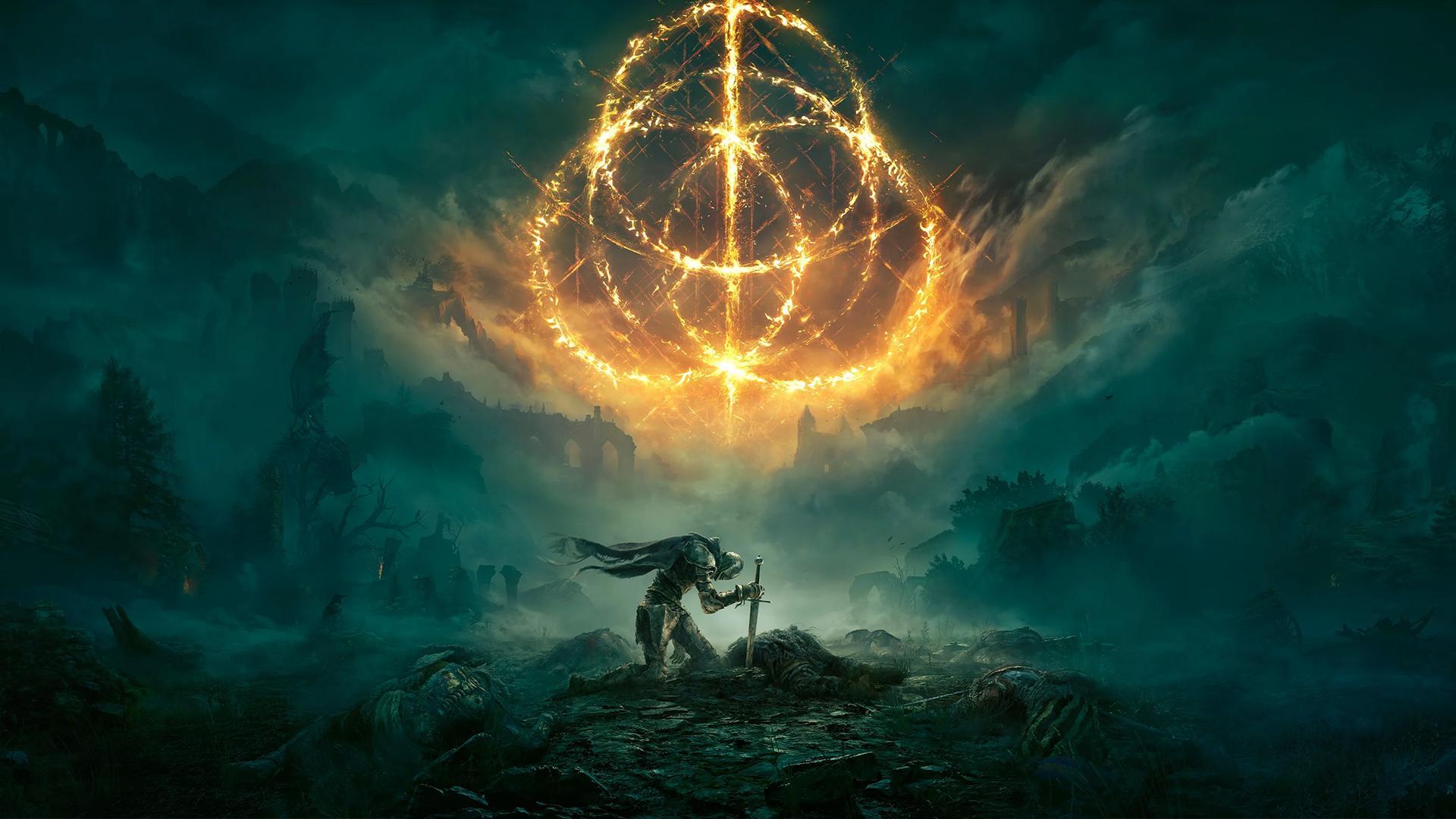
Explore the world to find map pieces at stone monuments, which will gradually reveal the landscape. You can mark interesting locations like Sites of Grace, and these appear on your map. The game’s visuals use real-world structures like ruins and caves that you discover. Item details and recipe books act as in-game notes and instructions.
Resident Evil 2
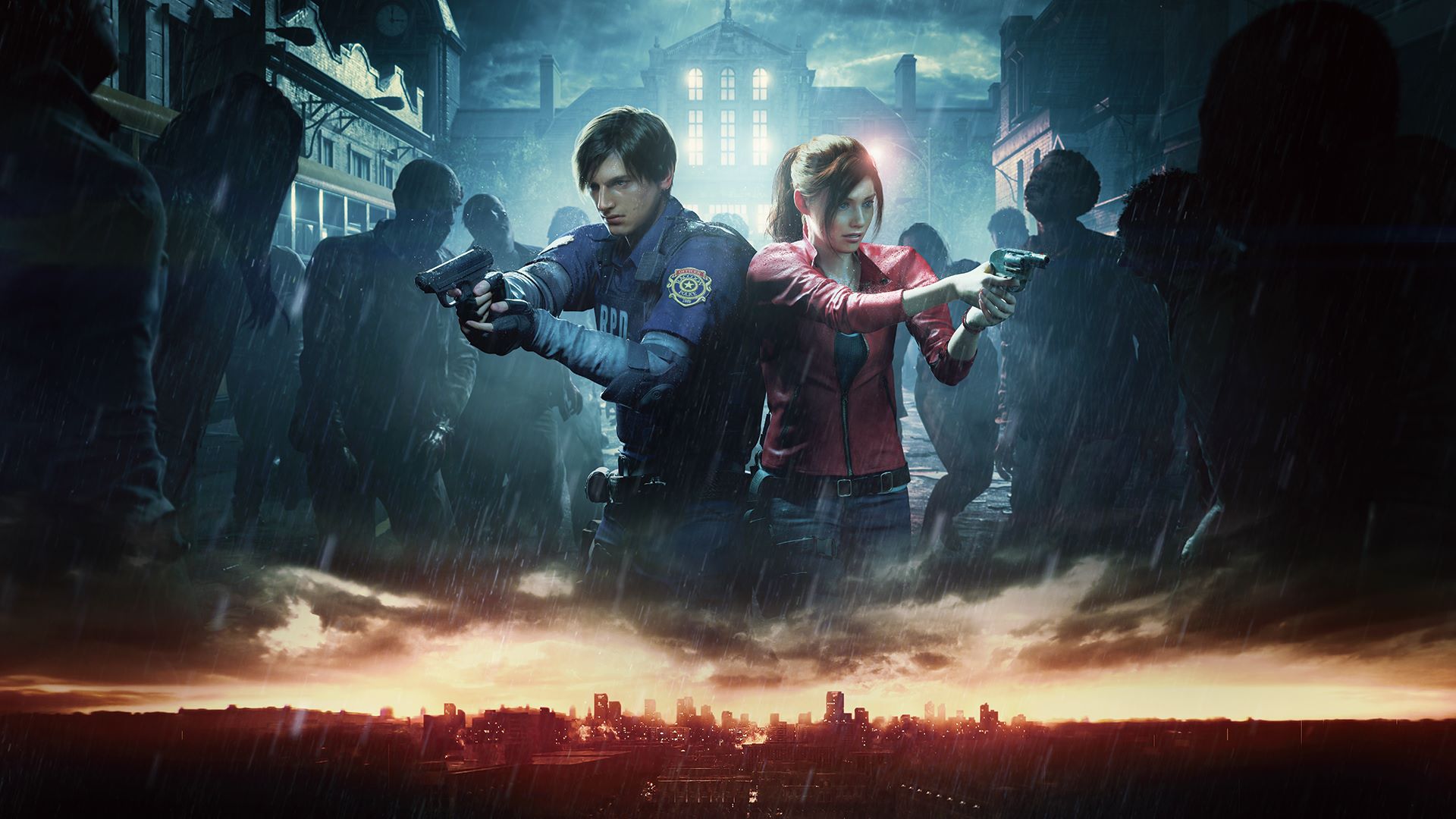
You’ll discover maps as actual documents that expand your building plans. The Officer’s Notebook and various files contain helpful drawings and clues. Information about what you’re carrying and important items is written as if it’s official paperwork. As you explore, you’ll update the maps with notes about items and which rooms you’ve already searched.
Amnesia: The Dark Descent

The journal holds your character’s personal writings – notes, diaries, and keepsakes – created after important events. Any clues found in letters or lab reports are presented as readable text within the journal. Instead of giving direct hints for puzzles, the game saves them as observations your character makes. Finally, the inventory shows items like scrolls and tools as physical objects you can see.
The Long Dark
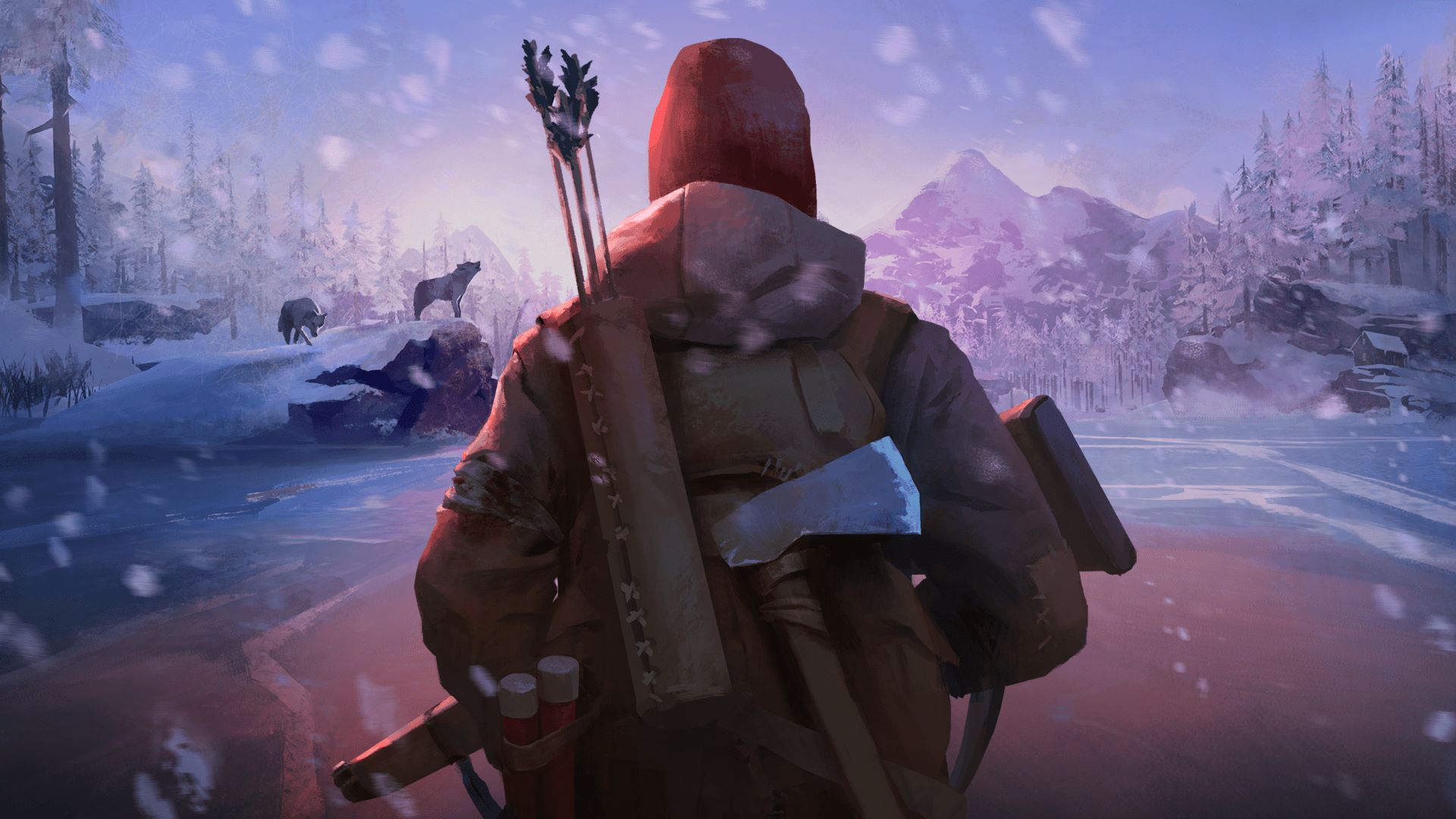
Your character tracks their progress in a journal, noting how many days they’ve survived, what skills they’ve learned, and any interesting discoveries. You can create maps using charcoal to explore and mark important locations. Finding notes and letters in abandoned cabins adds to the story and provides background information. When you discover signal fires or hidden supply caches, you’ll also record them in your journal.
Kingdom Come: Deliverance
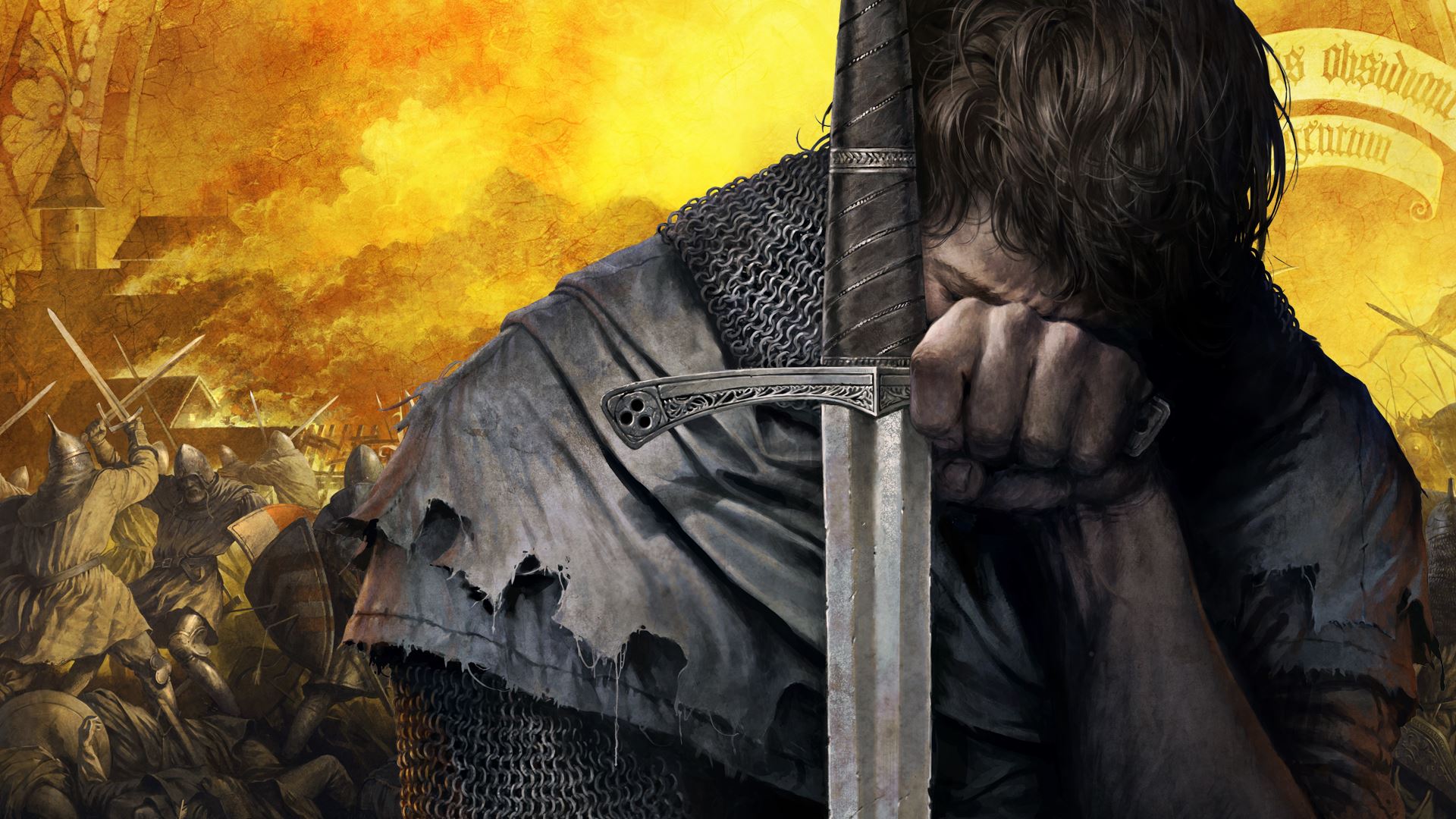
Henry uses an old map and a guidebook to understand the local traditions and equipment. Instead of receiving quests as direct instructions, he records them as personal diary entries, noting the time and who witnessed them. Recipes for making herbal remedies and helpful skill advice aren’t given separately – they’re found within the guidebook itself. Information like posters, letters, and books aren’t just told to you; you discover them as readable objects within the game world.
We’d love to hear about your favorite in-universe maps or journals! Share them in the comments and let us know which ones were the most helpful to you.
Read More
- Broadcom’s Quiet Challenge to Nvidia’s AI Empire
- Trump Ends Shutdown-And the Drama! 🎭💸 (Spoiler: No One Wins)
- METH PREDICTION. METH cryptocurrency
- How to Do Sculptor Without a Future in KCD2 – Get 3 Sculptor’s Things
- South Korea’s KRW1 Stablecoin Shocks the Financial World: A Game-Changer?
- Gold Rate Forecast
- CNY JPY PREDICTION
- 20 Most Cursed Productions in Movie History: From Jaws to Titanic, the Chaos Behind Iconic Films
- Investing Dividends: A Contemporary Approach to Timeless Principles
- Four AI Stocks: A Lyrical Epic in Silicon and Light
2025-11-19 02:17